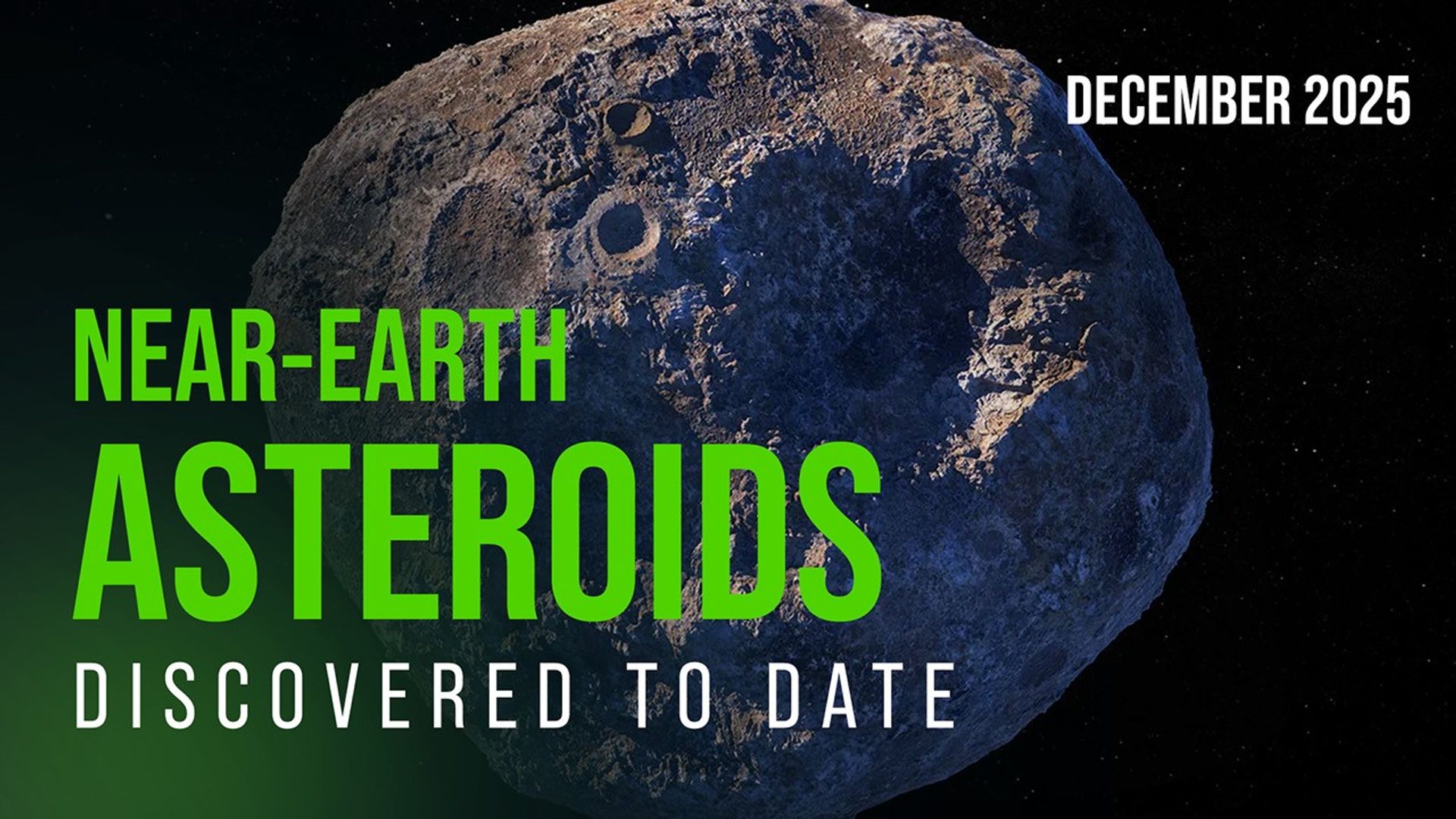Moonlight is ethereal, enchanting, romantic. For many sky watchers, nothing beats the luminous beauty of a full Moon.
It’s great …. except during a meteor shower. When Earth passes through a stream of comet dust, all that romantic moonlight turns into a nuisance, overwhelming the fainter display of shooting stars.
Now for the good news: The 2015 Perseid meteor shower is here, and the Moon will be dark when it peaks.
This week, Earth passes through a stream of debris from Comet Swift-Tuttle, source of the annual Perseid meteor shower. Forecasters say the show could be especially good this year because the Moon is nearly new when the shower peaks on Aug. 12-13.
“This year’s Perseid meteor shower peaks on August 12th and 13th,” says Bill Cooke of NASA’s Meteoroid Environment Office. “The Moon will be nearly new, setting the stage for a great display.”
The Perseid meteor shower is caused by debris from Comet Swift-Tuttle. Every 133 years the huge comet swings through the inner solar system and ejects a trail of dust and gravel along its orbit. When Earth passes through the debris, specks of comet-stuff hit the atmosphere at 140,000 mph and disintegrate in flashes of light.
Swift-Tuttle's debris zone is so wide that Earth spends weeks inside it. Indeed, it is not unusual for sky watchers to see a few Perseids streaking across the midnight sky as early as July. Rates are highest, however, in August when Earth passes through the heart of the debris zone.
Last year, the Perseid meteor shower peaked during the nights around a bright “supermoon.” Lunar glare reduced the visibility of the Perseids as much as 5 fold to as few as 20 per hour. This year however, is different.
Under a clear, dark sky far from city lights, “We expect meteor rates as high as 100 per hour on peak night,” says Cooke.
Meteors from Comet Swift-Tuttle are called Perseids because they seem to fly out of the constellation Perseus. This arrangement of stars, which represents an ancient hero from Greek mythology, rises in the NE around 10 pm local time. As Perseus rises and the night deepens, meteor rates will increase. The best time to look starts around midnight. Meteors will be seen until dawn brightens the sky on Thursday morning, Aug. 13th, when Perseus is near its highest point in the sky.
For best results, get away from city lights. The darkness of the countryside multiplies the visible meteor rate 3- to 10-fold compared to city views. Many families plan camping trips to coincide with the Perseids. The Milky Way arching over a mountain campground provides the perfect backdrop for a meteor shower.
The Moon is new. Enjoy the show!































